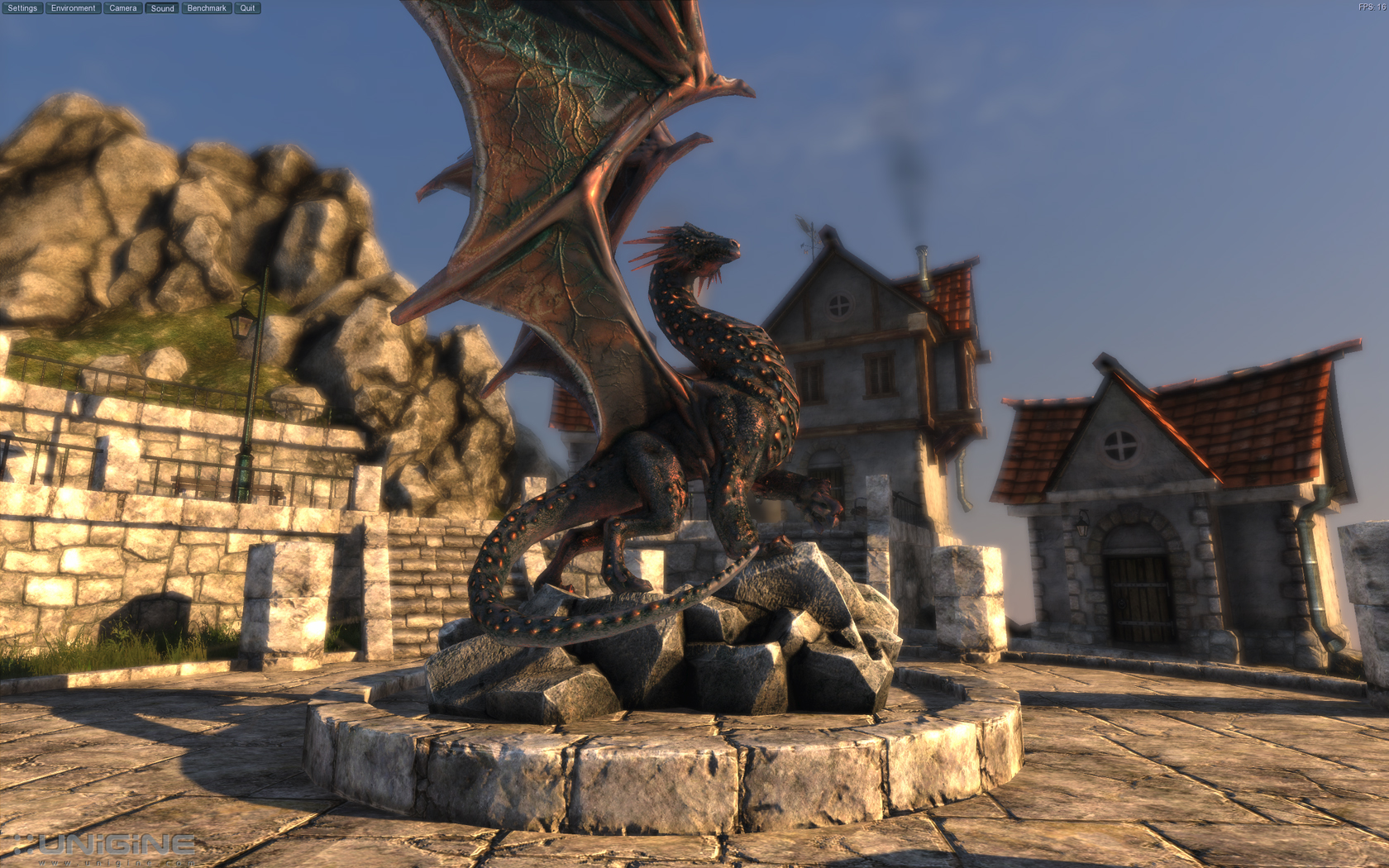Yes, this is actually one of the major benefits of dynamic tesselation, no more jarring LOD pops (in theory anyway, and dependant upon implementation), an ever increasing amount of geometry is added to models as the camera gets closer in an analog fashion.
The basic advantage of tessellation? Performance, basically. Sure the benchmark seemingly has as much as a 50% reduction in framerate with tessellation enabled but it also shows several orders of magnitude increase in geometric detail as well. Try creating a scene on modern hardware with traditional forward rendered rasterisation with no tessellation routine and that many triangles and performance won't drop by 50%, it'll probably struggle to manage a single frame a second! When the camera is zoomed in, in that demo, you're seeing models with triangles that are sub pixel in size, even at high resolutions common on PCs these days. That's just a huge quantum leap over the poly count of today's games.





















